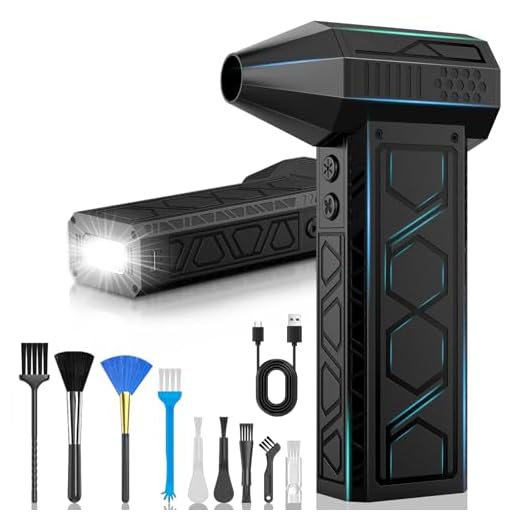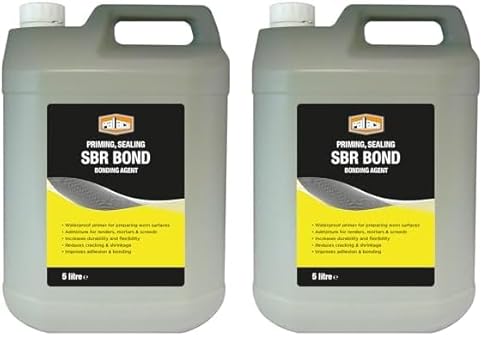



Regular maintenance of cleaning nozzles is vital for optimal performance. Begin by disconnecting the equipment from its power source and water supply to ensure safety. Prepare a solution of warm water mixed with a mild detergent to dissolve built-up debris.
With the solution ready, submerge the nozzles and let them soak for approximately 15 to 30 minutes. This process loosens any stubborn residues, particularly mineral deposits. After soaking, use a soft brush or cloth to gently scrub the tips, paying close attention to the narrow openings. Rinsing each component thoroughly with clean water is crucial to remove any lingering detergent.
For those particularly stubborn clogs, a small, flexible wire can be beneficial. Carefully insert it into the nozzle openings to dislodge any blockages. Always ensure to work with caution to avoid damaging the nozzles.
After the cleaning process, allow the components to dry completely before reassembling. Regular maintenance not only extends the life of your nozzles but also enhances the efficiency of your cleaning tasks. Keeping these parts in top condition is a simple yet effective way to ensure your equipment performs at its best.
Cleaning Your Washer’s Nozzles
Start with a wire brush to gently scrub the nozzle openings. This helps to remove stubborn debris that may have accumulated. Ensure that you’re careful not to damage the nozzle itself.
For more thorough maintenance, soak the nozzles in a mixture of warm water and vinegar for 30 minutes. The acidity in vinegar dissolves mineral build-up effectively. After soaking, rinse them under warm water to wash away any remaining residue.
Utilising a Needle or Pin
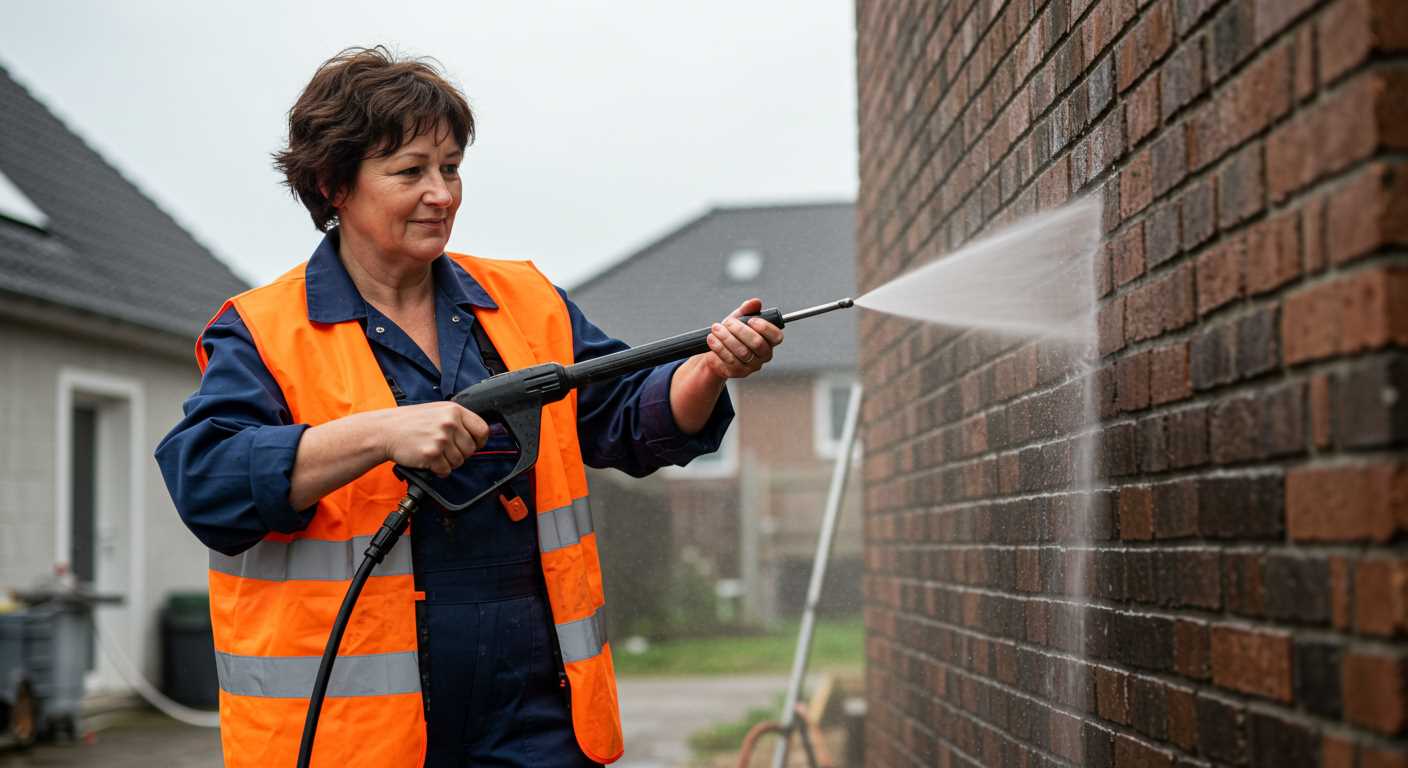
A needle or pin can be instrumental in clearing out any blocked orifices. Insert it carefully into each opening; this can dislodge trapped dirt and restore optimal water flow.
Routine Maintenance
Incorporate cleaning the nozzles into your regular maintenance routine after each use. This not only prolongs the life of the equipment but also ensures consistent performance during subsequent operations. Always inspect the tips for wear and tear. If you see significant damage, consider replacing the nozzle to maintain top functionality.
Keep your nozzles in a safe, dry place when not in use. This prevents them from getting damaged or contaminated, helping ensure they’re ready for your next cleaning task.
Identifying Clogged Pressure Washer Tips
Observing a reduction in water flow or pressure is often the first clue leading to a blocked nozzle. Regularly inspect for noticeable signs of disruption in performance.
Effective identification involves these steps:
- Examine the water stream: A weak or erratic spray can indicate a blockage.
- Inspect the nozzle for debris: Look for sand, dirt, or mineral build-up that may obstruct passage.
- Test spray patterns: If the fan spray appears uneven or inconsistent, it may point to internal obstructions.
- Listen for unusual sounds: An increase in pressure or inconsistent pumping can signal a problem.
Visual cues are critical; analysing the condition of the spray pattern can save time in troubleshooting. If you notice excessive spillage around the connection site, this may also suggest a disruption within the nozzle.
Taking note of maintenance history aids in determining whether a blockage is a recurring issue, potentially indicating the need for more thorough procedures.
Lastly, understanding your equipment’s specifications provides insight into typical operational behaviour, helping detect and address issues early on.
Tools Required for Cleaning Nozzles of a High-Pressure System
To effectively restore the functionality of your nozzle attachments, gather the following implements:
- Soft-bristle brush: Ideal for removing debris without damaging the nozzle surface.
- Needle or thin wire: Useful for dislodging stubborn blockages in the nozzle orifice.
- Screwdriver: Requires for detaching certain nozzle designs or connecting components.
- Bucket of warm soapy water: A mixture of mild detergent helps dissolve grime.
- Compressed air: Aiding in blowing out residues after soaking and scrubbing.
- Protective goggles and gloves: Safety gear to ensure no harm occurs during the cleaning process.
- Old cloth or rag: Essential for drying and polishing the nozzle post-cleaning.
- Pin vice: Allows for precision gripping when handling delicate components.
With these items on hand, you can proceed with restoring peak performance of your cleaning attachments seamlessly.
Step-by-Step Guide to Disassembling Tips
Begin by ensuring the equipment is powered off and disconnected from any source of water. This is paramount to avoid accidents during disassembly.
1. Gather Required Tools
You’ll need a set of screwdrivers (both flat and Phillips head), a pair of pliers, and a small brush for cleaning out any residual debris once the parts are apart.
2. Remove the Tip from the Nozzle
Carefully rotate the nozzle tip counterclockwise to unscrew it from the lance. If it’s stuck, use pliers, applying gentle pressure to avoid damaging the components.
3. Disassemble the Tip Components
Most tips consist of several parts including the outer casing, nozzle and inner components. Inspect each part as you disassemble, paying attention to orientation for reassembly later. Use your brush to dislodge any gunk accumulating in the interior.
4. Further Disassembly (if applicable)
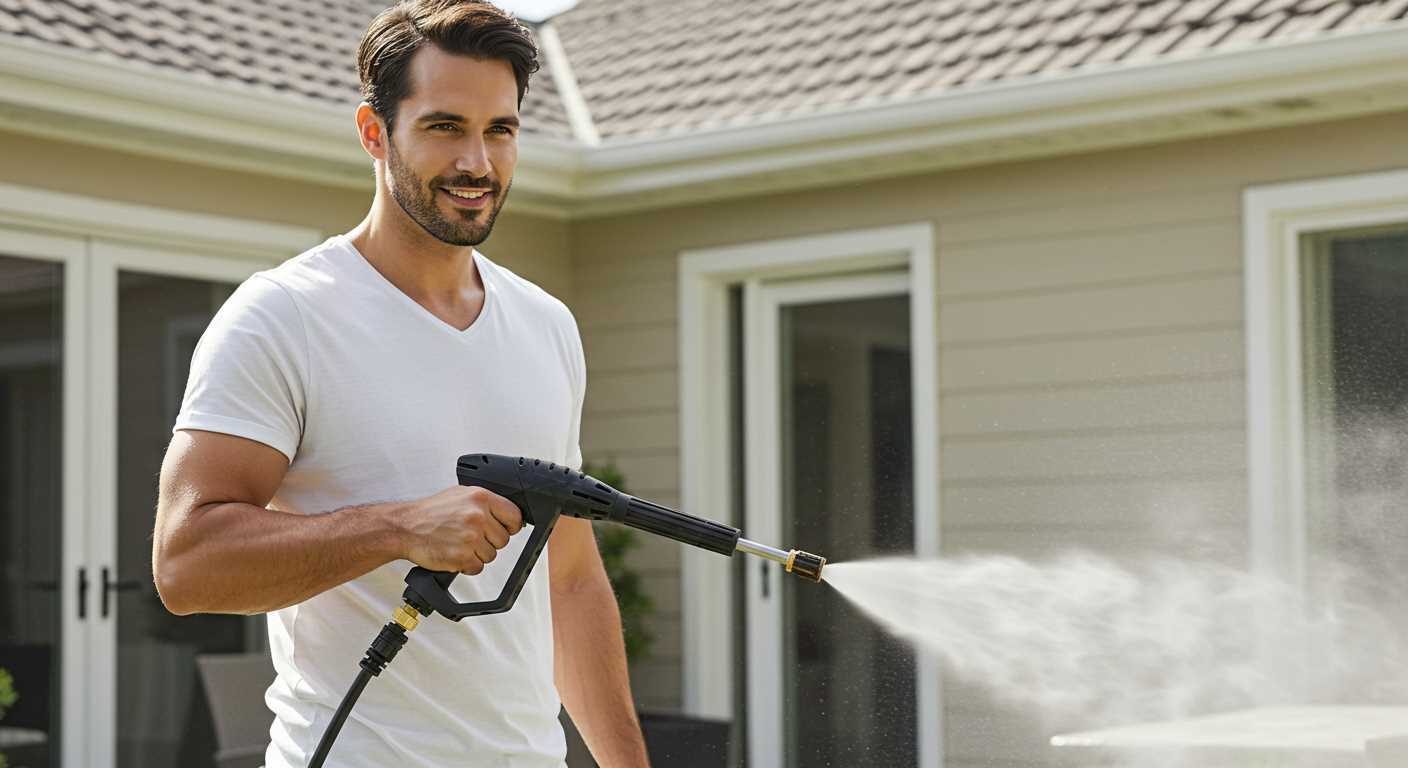
Some tips allow further disassembly. If your specific model has removable internal components, gently pull them out. Ensure not to use excessive force as this can break fragile parts.
5. Clean Each Component
Utilise the brush to clean all disassembled parts thoroughly. Inspect for signs of wear or damage, which may require replacement.
| Component | Cleaning Method |
|---|---|
| Outer Casing | Brush or warm soapy water |
| Nozzle | Brush and soak in vinegar if heavily clogged |
| Internal Components | Gentle rinse with water, ensure all debris is removed |
After cleaning, reassemble by reversing the steps taken during disassembly. Be sure to secure each part firmly, ensuring a tight fit to maintain optimal performance.
Best Cleaning Solutions for Pressure Washer Tips
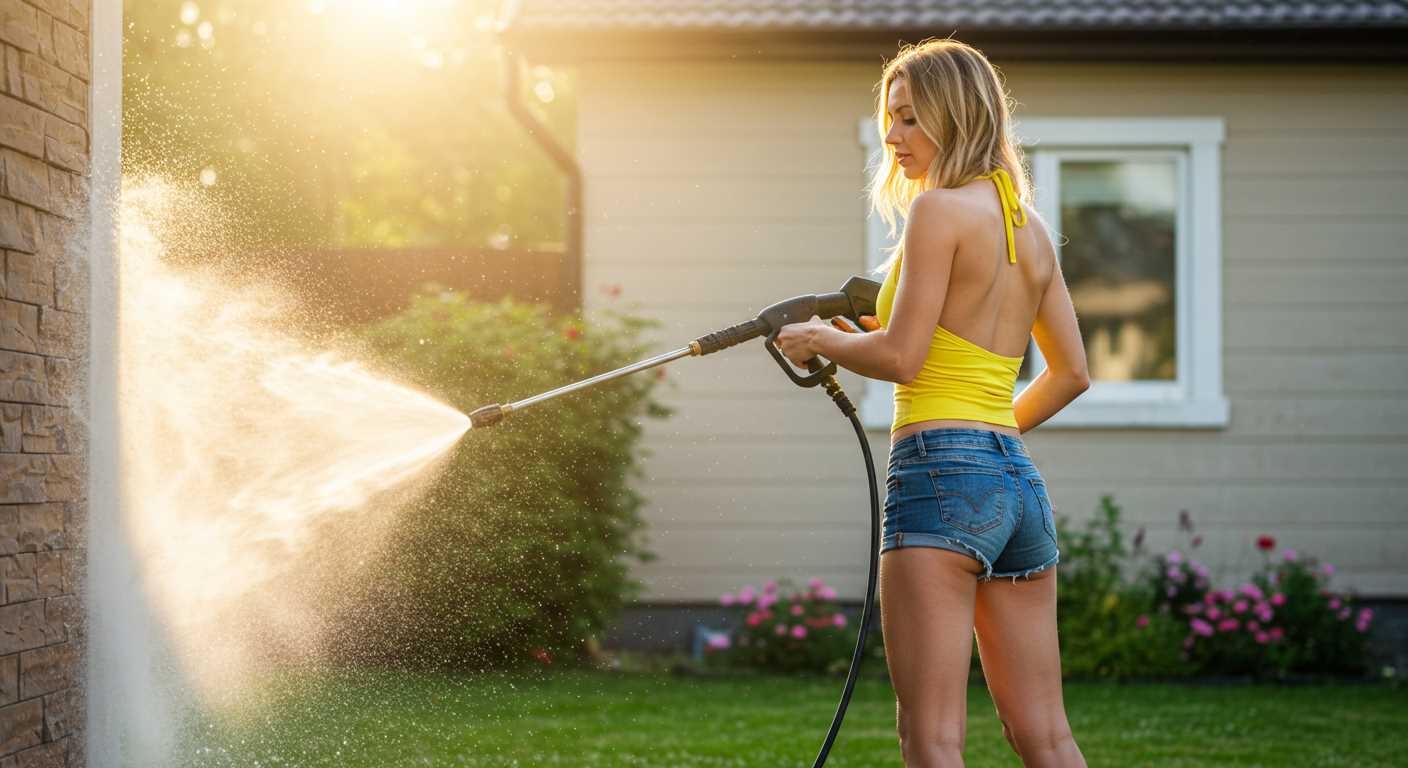
For optimal results, I recommend using a mixture of white vinegar and baking soda. Combine equal parts of vinegar with baking soda to create a paste. Apply this mixture directly to the end of the nozzle and let it sit for about 15-20 minutes. The acetic acid in the vinegar effectively breaks down mineral deposits, while the baking soda provides gentle abrasion.
Another effective alternative is using a dedicated nozzle cleaning solution found in most hardware stores. Products like nozzle cleaners are specifically formulated to dissolve debris and grime without damaging components. Always follow the manufacturer’s instructions for the best results.
If you prefer a homemade solution, a blend of warm water with dish soap works well. Allow the nozzle to soak in this solution for about 30 minutes, which loosens stubborn dirt. After soaking, use a soft brush to remove any lingering residue.
For metal components, consider using isopropyl alcohol. Dampen a cloth with alcohol and wipe down the nozzle, ensuring any grease or oil is removed. This not only cleans but also helps to prevent future build-up.
Always rinse thoroughly with clean water after using any cleaning solution. This ensures that no remnants of cleaning agents remain, which could affect performance the next time the equipment is in use. Regular maintenance with these solutions can keep all nozzles functioning efficiently.
Techniques for Thoroughly Cleaning Tips
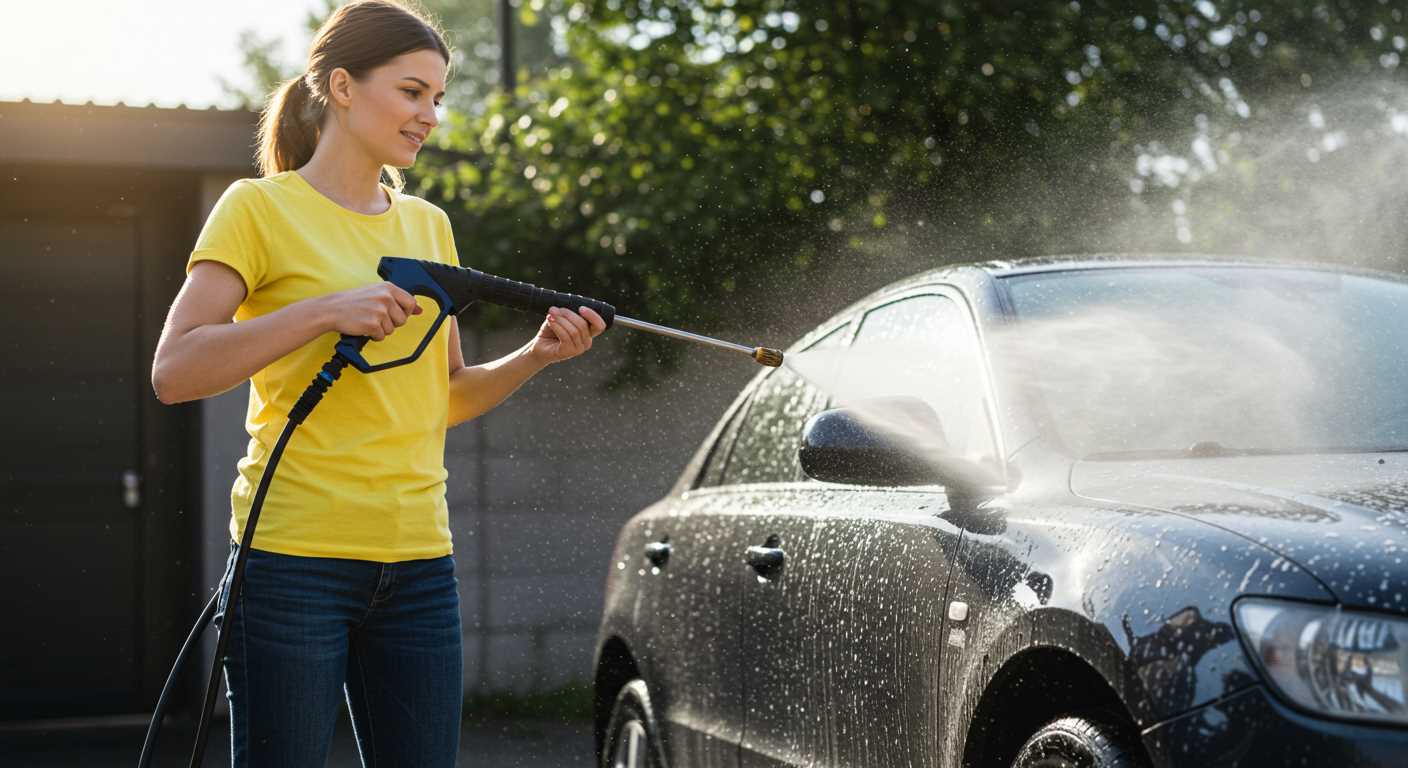
Utilising a needle or a thin wire can clear stubborn blockages in the orifices of the attachments. I recommend using a sewing needle for its precision. Gently insert it into the nozzle’s opening to dislodge debris without damaging the surface.
Another valuable method involves soaking the attachments in a mild vinegar solution. This natural solvent effectively loosens grime and mineral deposits. Prepare a mixture of equal parts vinegar and warm water, then let the nozzles soak for approximately 30 minutes. After soaking, a gentle scrub with a small brush can enhance results significantly.
Ultrasonic Cleaning
For those who are looking to invest in long-term maintenance, ultrasonic cleaners provide an excellent solution. These devices use high-frequency sound waves to generate cavitation bubbles in a liquid cleaning solution. Submerging the nozzles in this equipment will dislodge any ingrained residues, making them look as good as new.
Compressed Air Technique
Utilising compressed air can be highly effective for expelling any remaining debris. Simply direct the air towards the tip’s opening, ensuring any residual particles are blown out effectively. This method is particularly useful after any soaking or scrubbing procedure, guaranteeing pristine nozzles.
Regularly employing these techniques will prolong the lifespan and performance of your attachments, ensuring optimal cleaning capabilities during each use.
Reassembling and Testing Cleaned Nozzles
After thorough maintenance, the next step is to carefully reassemble the nozzles. Begin by ensuring all parts are completely dry to prevent moisture from impacting performance. Align each component correctly; improper assembly can lead to leaks or malfunction.
Secure the nozzle onto the lance tightly but avoid over-tightening, which can cause damage. If equipped with O-rings or seals, confirm they are in good condition and replace if needed. This is crucial for a proper seal.
Once reassembled, it’s essential to conduct an operational test. Attach the nozzle to the unit and turn on the water supply without activating the motor. Check for any leaks around the connections. Then, engage the machine at a low setting to assess the spray pattern and pressure. A consistent, even pattern indicates proper functionality.
If the flow appears restricted or the spray uneven, disassemble and inspect for unnoticed debris or misalignment. Double-check the orifice size; using the incorrect nozzle size can impair performance significantly.
After confirming all is in order, proceed to use it on a test surface, like concrete or wood. Observe the cleaning efficiency. If the performance meets expectations, the job is complete. Regular maintenance and checks will prolong the life of your equipment.
FAQ:
What materials do I need to clean the pressure washer tips?
To clean your pressure washer tips effectively, you will need a few basic materials. Gather a soft-bristle brush or toothbrush, some warm soapy water, and a container to soak the tips. You may also need a small needle or toothpick to clear any stubborn clogs in the nozzle. For more thorough cleaning, a cleaning solution designed for nozzles can be beneficial, especially if there is significant buildup or residue.
How often should I clean the tips of my pressure washer?
The frequency of cleaning your pressure washer tips largely depends on how often you use the machine and the type of cleaning tasks you perform. If you use your pressure washer regularly or for heavy-duty jobs, it is advisable to clean the tips after every few uses to prevent clogs and ensure optimal performance. For occasional use, cleaning may be sufficient after a few sessions, or whenever you notice a reduction in pressure or uneven spray patterns.
Can I use vinegar or other household cleaners to clean my pressure washer tips?
Using vinegar or other household cleaners can be effective for certain types of residue on your pressure washer tips, particularly for mineral deposits or soap residues. However, it is essential to ensure that the cleaner you choose is safe for the materials of the nozzle. After soaking the tips in the solution, use a soft brush to gently scrub away any buildup. Always rinse the tips thoroughly with water after cleaning to remove any remaining cleaning solution, ensuring no residue interferes with your pressure washer’s performance.



